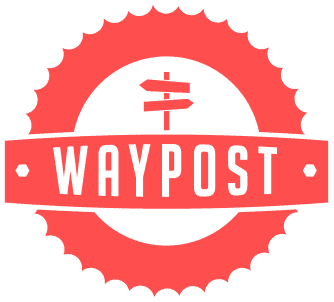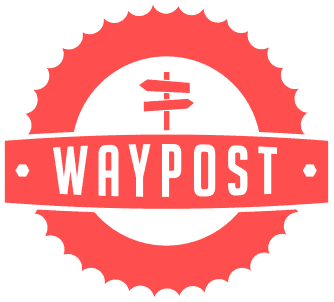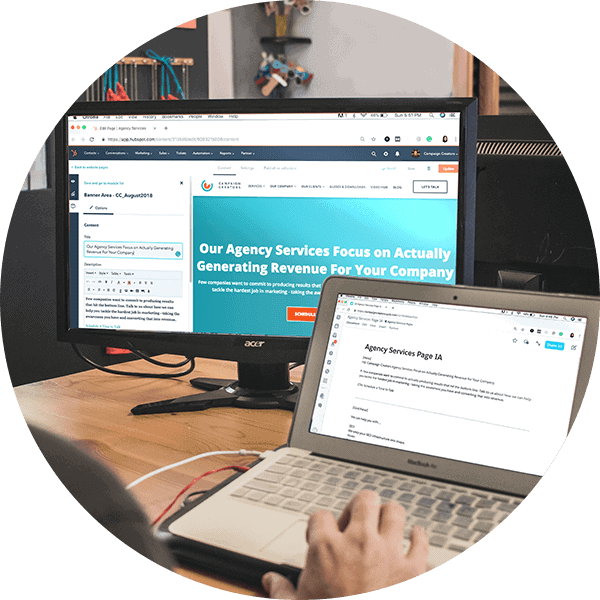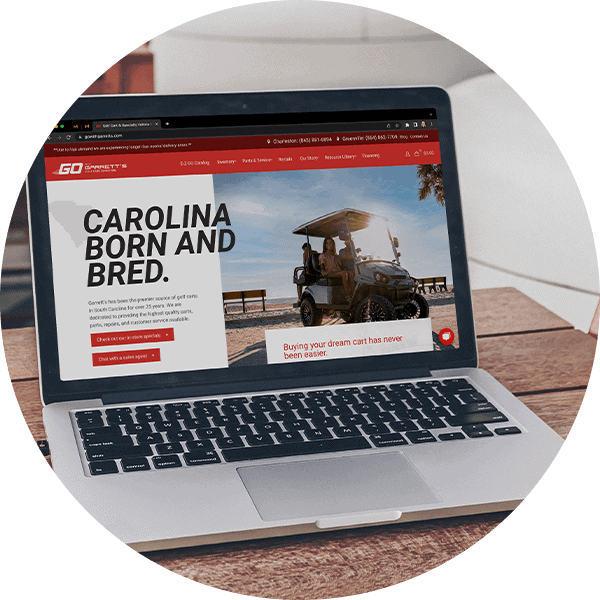
10 Questions To Ask Yourself Before You Call A Web Design Company
November 19, 2015
Digital Marketing’s 7 Deadly Sins
January 21, 2016 How much did you spend on your website design?
How much did you spend on your website design?
On average, and depending on the brand in question and the industry, companies spend tens of thousands of dollars on their web design. For big brands with an e-commerce platform, this cost can easily skyrocket to hundreds of thousands of dollars. On top of that, factor in expenses like purchasing a domain, annual maintenance, implementing CRM systems, onboarding fees for your content management system (CMS), and general website management.
Indeed, running a website is an investment, and brands devote substantial capital to creating visually appealing websites. Given the level of investment, websites should serve a purpose beyond mere aesthetics; they should drive results. So, does your website do the job it’s set to do?
Every Website Has A Job. What’s Yours?
Have you genuinely thought about why you have a website in the first place? You could have established your web presence because every business has a physical site. Or maybe you received valuable recommendations about online marketing, and for that, you need a website.
Nevertheless, you might have never had a crystal-clear vision for your web strategy, website structure, or how the website aligns with any comprehensive business strategy.
First and foremost, you need to know that every website has a job, and no website’s job should ever be just to exist. Some typical “website jobs” include:
- Establishing credibility
- Growing brand awareness
- Making sales
- Expanding email subscriber list
- Increasing social media following
- Lead Generation:
- Encouraging prospects to schedule a consultation
- Prompting prospects to complete a form
What is Inbound Marketing, Again?
Just in case you’re new here, let’s catch you up: Inbound Marketing is a set of tactics designed to draw people who are looking for your product or service to your site. We do this by providing information about the problems that your product or service solves, so that when users are researching these problems and their potential solutions, they find you. We talk about this a lot throughout our blog, so feel free to browse around for more information.
Let’s shift the focus then, to why we funnel internet searchers back to your site. Why don’t we drive them to your Facebook page? Why drive them anywhere at all?
Your Website Is Your #1 Salesperson
Your website is a sales tool—a powerful one, and unlike human salespeople, your website never takes a break. It never has an ‘off’ day when it’s ‘not in the mood’. Your website works 24 hours a day, seven days a week, 365 days a year.
With a well-thought-out web strategy and website structure, your website can provide precisely the information each customer seeks, simultaneously serving ALL your potential customers. With strategically placed conversion points, your website can funnel people through the buying process and even close the deal FOR you.
In today’s digital landscape, outdated sales tactics like cold calling, unsolicited emails, and purchased lists are often ineffective or frowned upon. Instead, with a strategic, optimized website designed to convert visitors, you can enhance your website conversion rates and increase the website’s visitor value. This properly planned website will also boost credibility, awareness, engagement, and customer delight.
Steps to Web Strategy & Development: Start with The End in Mind
Now it all goes back to the question: What do you want your website to do?
When a potential customer visits your website, what do you want them to do before they leave? Make a purchase? Schedule service? Fill out a contact form so a sales team member can call them?
Whatever the answer to this question is, that is your website’s job. Everything else on the site— the website structure, the information you choose to include, the organization of that information, and even the content you include on the homepage—are all supporting elements that give your site its best chance to do its job.
Once you have discerned your website’s job, you can start working backward:
- Conduct keyword research — Consider the phrases potential customers use when searching for solutions to their issues.
- Examine your current website analytics — If you already have a website that needs optimization.
- Perform a competitor analysis — Explore ways to distinguish yourself from competitors.
- Develop your sales funnels — Consider what people need to know and in what order to decide to buy from you.
- Determine how you will draw traffic to your site — Consider tactics to improve your search engine rankings and engage with potential customers to draw them back to your site.
- Create relevant content with strategic CTAs — Guide your website visitors along the path to conversion, aligning with your website’s intended purpose.
Turn Your Website into A Lead Generation Machine
Beautiful websites are nice, but your website has the power to be so much more than merely a nice-looking brochure that lives on the internet. To put it bluntly, simply having a website is not enough—you need one optimized to achieve tangible business goals. By clearly defining your web strategy, including identifying the website’s purpose and crafting supporting elements, you can transform your website into a 24/7 lead-generating machine that works for you.
If you are not sure if your website is doing its job, or if you need to revisit your web strategy, we are here to help! Get in touch with us by filling out our contact form or call us at (864) 288-6162!








